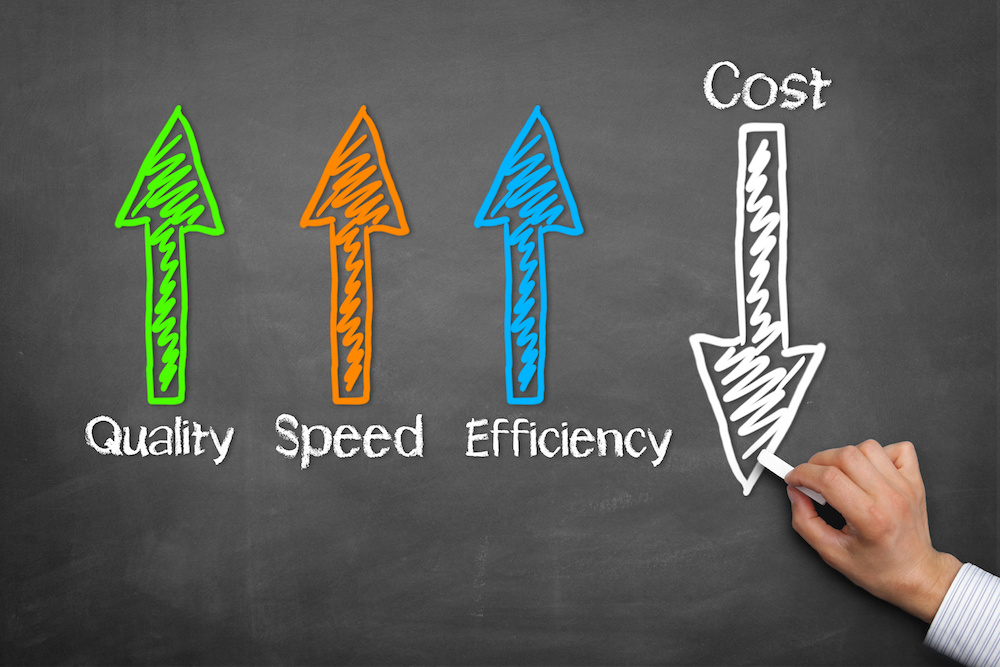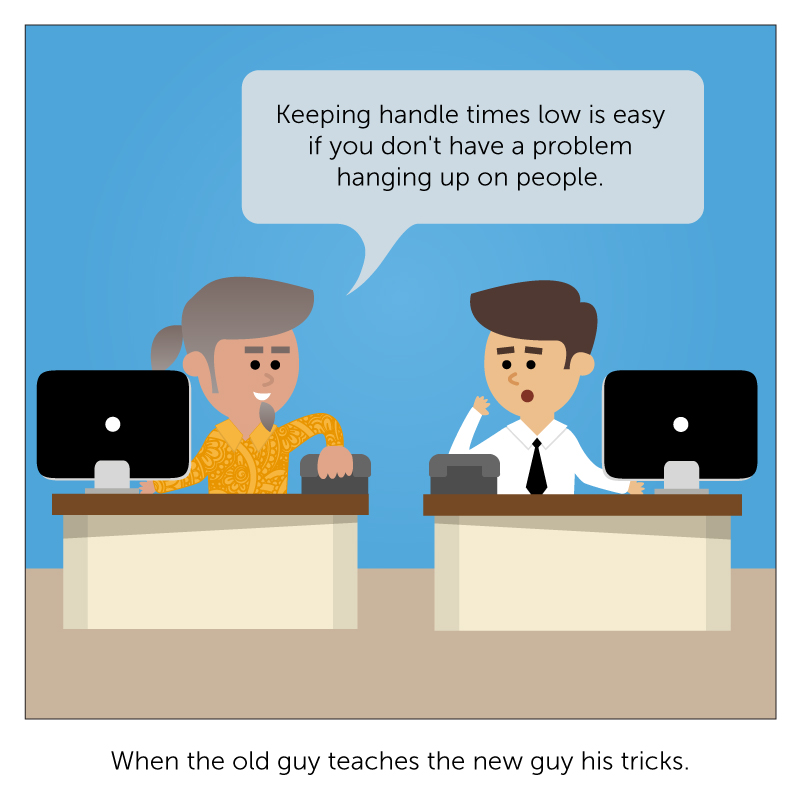Prior to the Thanksgiving holiday, we spent the week in San Francisco attending Dreamforce, Salesforce.com’s annual conference. It was a great opportunity to gain insights from the industry’s leading vendors, share best practices among CRM experts and learn about up-and-coming tools and trends in the contact center space.
Of course, the big news coming out of the conference was the announcement of Salesforce1, the company’s new social, mobile and cloud customer platform. There’s lots of excitement around its potential to redefine selling and customer relationship management. There were also some great visionary demonstrations of customer interactions of the future or as one keynote speaker said, “hypothetical” examples – Salesforce knows sure knows how to put on a show.
But down on the expo floor, there was a bit more real-world problem solving going on. Being a customer engagement analytics vendor, we met a lot of CRM users who were going from booth to booth looking for analytic solutions. It fascinated me how quickly they dismissed the horizontal BI products as “just historical reporting,” while expressing a need for “real analytic solutions” to solve very specific problems, such as motivating the sales department to use Salesforce.com more or improve the cost efficiency of their contact centers.
In other words, these CRM users were under the impression that analytics meant purpose-built solutions, and that the evolution from BI to analytics required specialization.
So the question becomes, can analytics deliver the value of purpose-built, while still solving multiple problems?
We think so. Most contact centers already receive reporting data from their various operational systems, but this data is siloed, leaving major blind spots. We believe that once you stitch together this customer interaction data, it can be used to solve multiple problems such as improve the business impact of the contact center, boost agent job satisfaction, improve the bottom line, increase the top line, and ultimately reach the holy grail of improving the customer experience and journey.
So before shopping for a horizontal BI tool or a purpose-built analytics tool, companies should first make sense of the customer interaction data they already have in their enterprise systems. Then they can use analytics to solve multiple problems, and for the CRM users interacting with their customer through multiple channels, transform their contact centers into analytics-driven-driven customer engagement centers.







